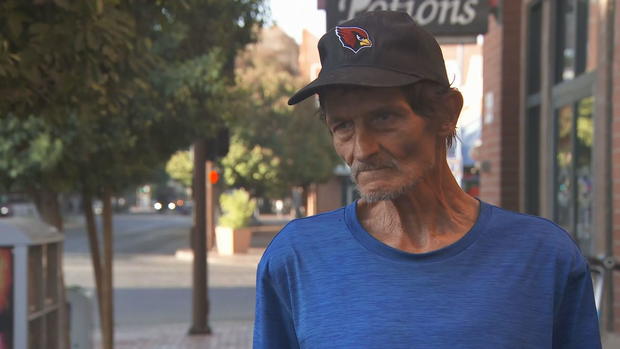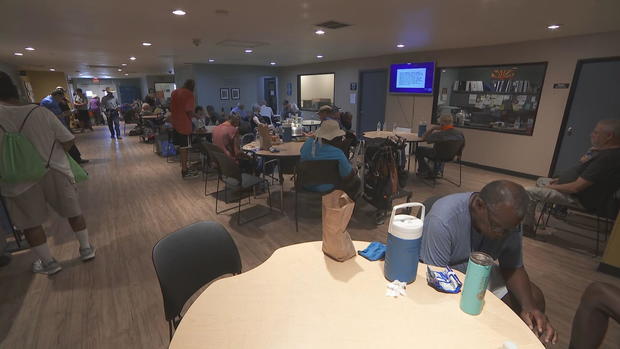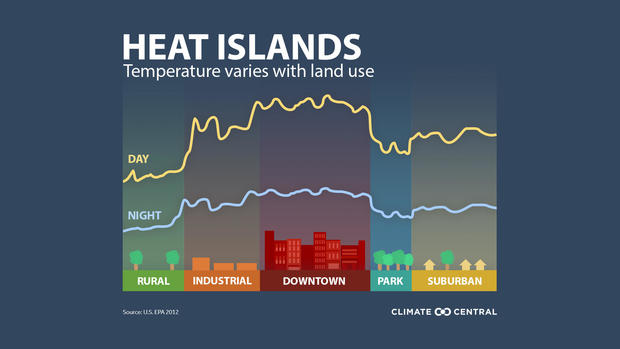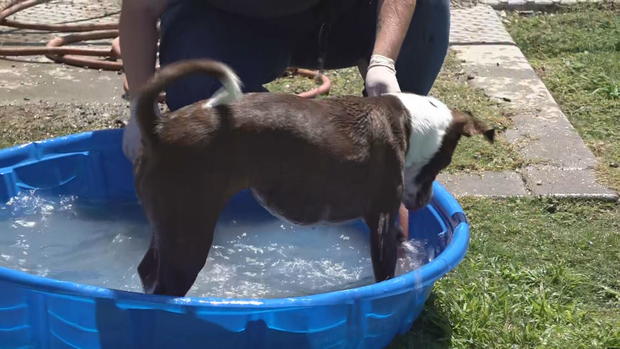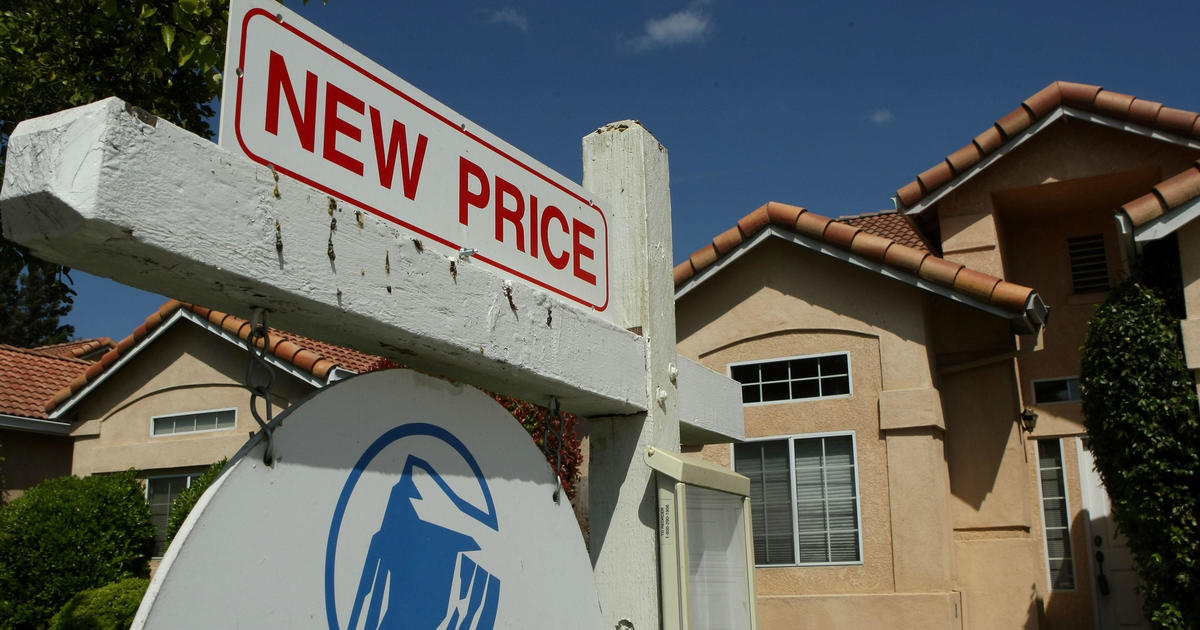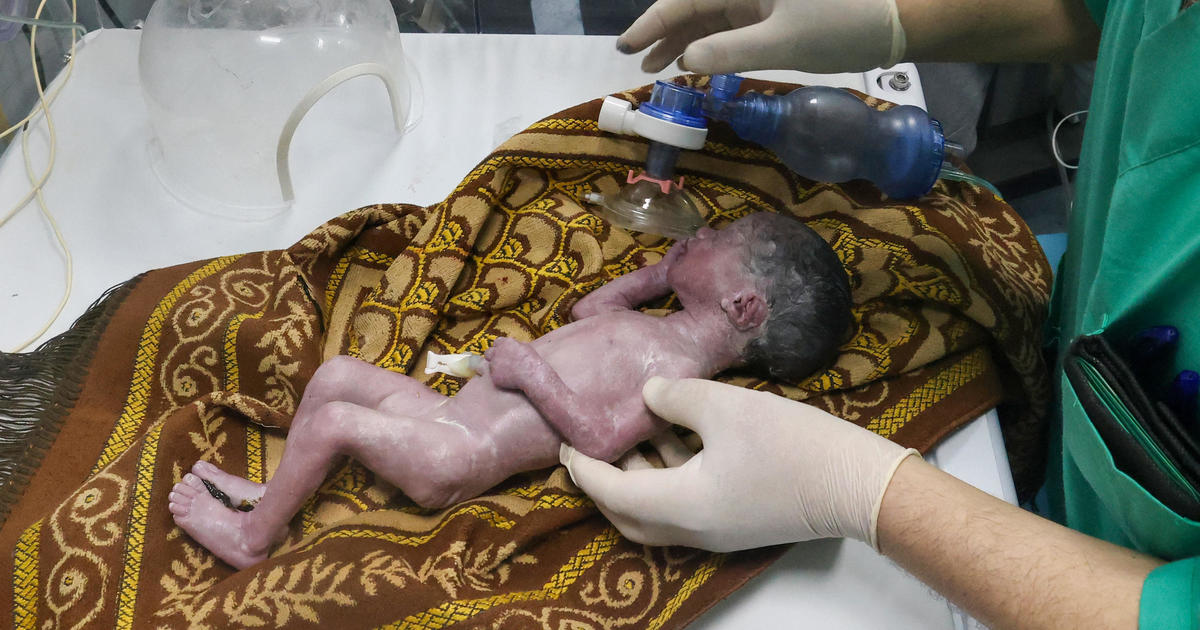The hottest July: Inside Phoenix's brutal 31 days of 110-degree heat
Phoenix — On Monday, temperatures in Phoenix reached a high of 108 degrees, unceremoniously breaking a streak of 31 days straight in which blistering temperatures hit at least 110 degrees.
The brief, fleeting dip in what has been the most scorching stretch on record provided little respite for the millions who call the Arizona metropolis home. The brutal endurance test in America's hottest big city will continue this week, when temperatures are expected to again rise above 110 degrees.
The enduring heat wave has strained Phoenix's ability to keep its most vulnerable residents safe, with no end in sight.
For weeks, patients burnt by the baking pavement and floored by heat exhaustion have flooded Arizona hospitals. More than 1,000 calls came into Phoenix's 911 system for heat-related illness in July alone. And for the first time since the COVID-19 pandemic, the Maricopa County Medical Examiner's Office enlisted 10 trailer-sized refrigerated containers to accommodate a possible overflow of heat-related deaths.
Amid a global heat wave that made July Earth's hottest month on record, tennis courts, playgrounds and hiking trails sit abandoned in the daytime. Surface temperatures soar as high as 180 degrees, according to the Arizona Burn Center, which has operated at full capacity for more than two weeks. The Maricopa County Medical Examiner has reported 25 heat-related deaths so far this year, and is investigating 249 more.
Schools have deployed "cooling zones" in classrooms and libraries, moved athletics practices to after dark and readied "rescue buses" to scoop up students in case an air-conditioned school bus broke down in the scorching afternoon heat.
"Hydrate, hydrate, hydrate," said Sean McDonald, the assistant superintendent for the Tempe Union High School District. "Our student athletes are drinking a gallon or two of water before they even go outside."
The city shattered another record last week, collecting the most 115-degree days ever in a calendar year.
Record-shattering heat leaves homeless even more vulnerable
To stay alive, Jim Workman hops from Starbucks to gas stations to city shelters. Every morning at 6 a.m., the 58-year-old Army veteran begins his hunt for air conditioning.
"You slack for a minute, you're going to die," he said.
A self-declared "shade nomad," Workman has lived on the street for 20 years. To avoid burning himself on the baking concrete, he sleeps only four hours a night.
"The air takes your breath away," he said, recounting nights that soared beyond 100 degrees. "It burns the back of your throat in a minute."
Workman is one of the nearly 10,000 Phoenix residents surviving summer without a home, a growing population in a city testing the limits of its robust campaign to protect vulnerable populations from extreme weather.
In 2022, a record high 425 people died of heat-related causes in Maricopa County, which includes 4.5 million residents living in Phoenix and its nearby suburbs. People experiencing homelessness made up the largest proportion of heat-associated deaths last year, with 178 homeless individuals dying from heat-associated causes.
"Homelessness on steroids": Seniors without housing face acute hardship
The city's homeless population has grown by 70% over the past six years, a phenomena fueled in part by its aging population.
"The fastest growing homeless population here in the valley are seniors," said Melissa Guardaro, assistant research professor in the School of Sustainability at Arizona State University. "A wave of seniors came here because it was cheap to live. Then many got evicted from their houses. Fall behind rent for one month and that's grounds for eviction here."
Dean Scheinert is the executive director of the Justa Center, Phoenix's only day center for seniors. His work gives him a front-line view of the city's aging homeless population.
"It's like homelessness on steroids," Scheinert said. "The hardship is particularly acute."
The 300-member facility provides water, air conditioning, meals, showers and wraps to cool seniors down, though nursing staff routinely encounter elderly suffering from heat stroke.
Scheinert recounted a member who stumbled inside with a core body temperature of 104 degrees. "It was immediately diagnosed as heat stroke," Scheinert said. "The crazy thing is that when you're at that high temperature, your body does not sweat. So it's easy not to identify it. But luckily we have a nurse that knows what she's doing, and we called EMS."
According to the Centers for Disease Control and Prevention, heat stroke can begin as the body's core temperature rises above 103 degrees. It can reach 106 degrees or higher within 10 to 15 minutes, with potentially fatal consequences once it hits 109 degrees.
From 6:30 a.m. to 5:30 p.m., Scheinert says the doors of the Justa Center open about 130 times a day. And the heat doesn't stop when they close for the night.
"It's 90 degrees-plus out there at night," Scheinert said. "Some people are living on the streets. Others go to a shelter. Some are couchsurfing. I worry about that."
So do climate experts.
The dangers of "urban heat island" effect
"I think a lot of times when we talk about breaking records, we're always talking about the record highs," ASU's Guardaro told CBS News. "While that is important, what is particularly concerning are the so-called high-lows, the lowest temperature it gets to overnight."
The low temperature settled to 97 degrees on July 19, a record high. Last month, Phoenix endured 16 consecutive nights when low temperatures did not dip below 90 degrees, leaving those with insecure housing sweating on the streets.
City centers are uniquely susceptible to intense temperatures due to a phenomena known as the urban heat island effect.
In cities like Phoenix, the dense pavement, concrete and buildings absorb and retain heat throughout the day and release it at night. The cycle means there is no chance for the urban landscape to cool off.
"That's concerning because the human body needs for it to be 85 degrees Fahrenheit roughly or cooler to cool down at night," said Guardaro. "If you don't have access to air conditioning in a place like metropolitan Phoenix, you are compromising your health. I mean, it is dangerous."
Last month, Arizona's power grid operator announced another record: seven consecutive days of the highest electricity use ever.
To beat the heat, Joe Miller and Jacob Cohen no longer exercise outside. The men, both in their late 60s, routinely wake up at 5 a.m. to play racquetball at a rec center in Glendale.
"We are very fortunate, very blessed," Miller said. "Our car has air conditioning. Our homes have air conditioning. Our workout facilities have air conditioning. But not everyone has access to that."
Burnt paws and heat exhaustion: Rescue animals at high risk
It's not just humans feeling the heat. Several times a day, zookeepers at the Phoenix Zoo hose down desert tortoises.
Phoenix's rescue animals also remain at high risk. Dr. Steven Hansen, president and CEO of the Arizona Humane Society, runs the busiest shelter trauma center in the southwestern U.S. It has treated roughly 1,300 pets with heat-related illnesses this year alone, a roughly 10% increase from last year. Veterinarians have seen an uptick in burnt paws, a result of extreme heat magnifying surface temperatures.
"If you can't put your hands on the pavement and hold them there, that surface is too hot for a dog," Hansen said. He noted that cats and dogs sweat only through their paws and noses, making the animals even less equipped to handle high temperatures.
Dogs at the Arizona Humane Society's shelters take turns cooling off in kiddie pools. Their kennels are fully air conditioned.
Growing calls for FEMA to declare extreme heat as disasters
While heat kills more people than nearly every other weather event combined, the Federal Emergency Management Agency does not treat extreme temperatures like it does hurricanes, tornadoes or flooding.
In June, Reps. Ruben Gallego of Arizona, Mark Amodei of Nevada and Sylvia Garcia of Texas introduced a bill to add extreme heat to the federal government's list of major disaster-qualifying events, which would allow the president to unlock more life-saving resources for cities and towns grappling with record-breaking temperatures.
"Extreme heat is absolutely a disaster," said Guardaro. "If we're going to spend that much money rebuilding after hurricanes, tornadoes and flooding that we know is going to happen again, then why aren't we investing in extreme heat mitigation to stop the heat morbidity public health crisis on our hands?"
John Ross, Louie Mejia, Cesareo Sifuentes-Roacho and Doug Podkowski contributed to this report.
